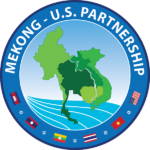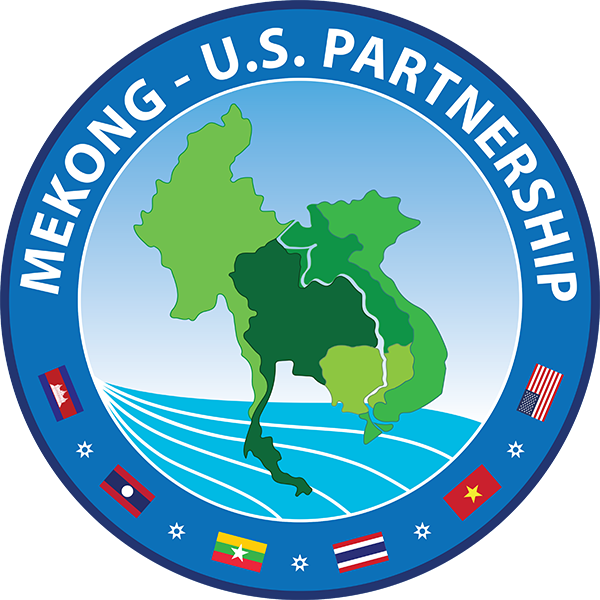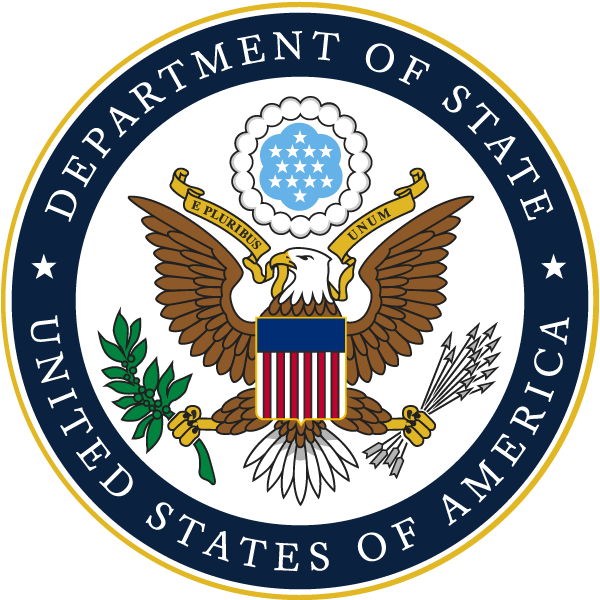They came from all over Southeast Asia and met on the beach. And cleaned it. Without pay. That’s not all. They had to compete for the opportunity.
“You need to step outside your comfort zone and make a difference,” said Thai volunteer Rungtip Junlah when asked why she joined in. “Volunteering is another way you can do it”.
Rungtip was part of a group of 97 young people aged 18-30 that convened in Malaysia for five weeks of intensive volunteer training August-September 2013 on how to tackle environmental issues facing the region. The participants in the pilot project were selected from all 10 Association of Southeast Asian Nations (ASEAN) member states. Each applicant had to submit an essay explaining why the program should select them to become eco-leaders and outline their ideas to lead an environmental project in their communities after the training program.
The result of the project? The ranks of ASEAN volunteers are poised to swell significantly in the years to come.
The ASEAN Youth Volunteer Program, funded by USAID in partnership with the ASEAN Secretariat, the Malaysia Ministry of Youth and Sports and the National University of Malaysia (Universiti Kebangsaan Malaysia) garners the energy and idealism of young students to find innovative solutions to social, cultural, economic and environmental challenges facing the ASEAN community.
The nations of ASEAN represent a combined population of about 537 million, an area of around 4.5 million square kilometers, and a large number of languages, ethnic groups, religious and cultural beliefs, and traditions. One of ASEAN’s key missions is to find new ways to improve regional collaboration in line with its motto: “One Vision, One Identity, One Community.”
Volunteers came from diverse backgrounds and sectors. Some were university students, eager to learn more about environmental conservation, while others were working professionals interested in finding ways to address environmental problems in their communities. For a few participants, the program was the first time they had left their home countries or really interacted with people from the different ASEAN countries.
During the first week of the program, volunteers took part in leadership training on the National University of Malaysia campus. They then divided into groups and went to four biodiversity sites where they lived and worked with local community members to ensure greater ownership of local projects and to secure funding support.
A 14-day voluntary clean-up exercise organized by one group collected more than 1,800 pounds of trash at a popular beach in Setiu. Another group established community-based recycling centers. Other volunteers made marketable arts and crafts using sustainable materials, while several planted trees and worked in a mangrove nursery.
Boonsiri Chutidamrongpan, one of Thailand’s volunteers, said the experience opened her eyes to the environmental problems facing ASEAN countries. “Now we see that the problem is not just in Malaysia anymore. It’s everywhere,” she said. “The problems that we see are in every country. We all have dirty beaches, deforestation. So how can we cope with it?”
“Volunteering is something which is so important. It’s a learning process, not like classroom learning," said Noorulhuda Chalermthai, another Thai volunteer. “You get it from real-life experience, the experience that you face with other people in different situations”.
The program’s next phase will build on best practices to develop and support work in other thematic areas such as heritage conservation and poverty reduction. Over the next two years, the program team will send volunteers to carry out work in several other ASEAN countries such as Cambodia, Lao PDR, Myanmar and Vietnam. USAID's support of the program runs from 2013 to 2014.
Related Website: USAID Asia
Source URL: http://www.usaid.gov/results-data/success-stories/asean-volunteer-program-sends-youth-home-leaders
 Mekong - U.S. Partnership
Mekong - U.S. Partnership


